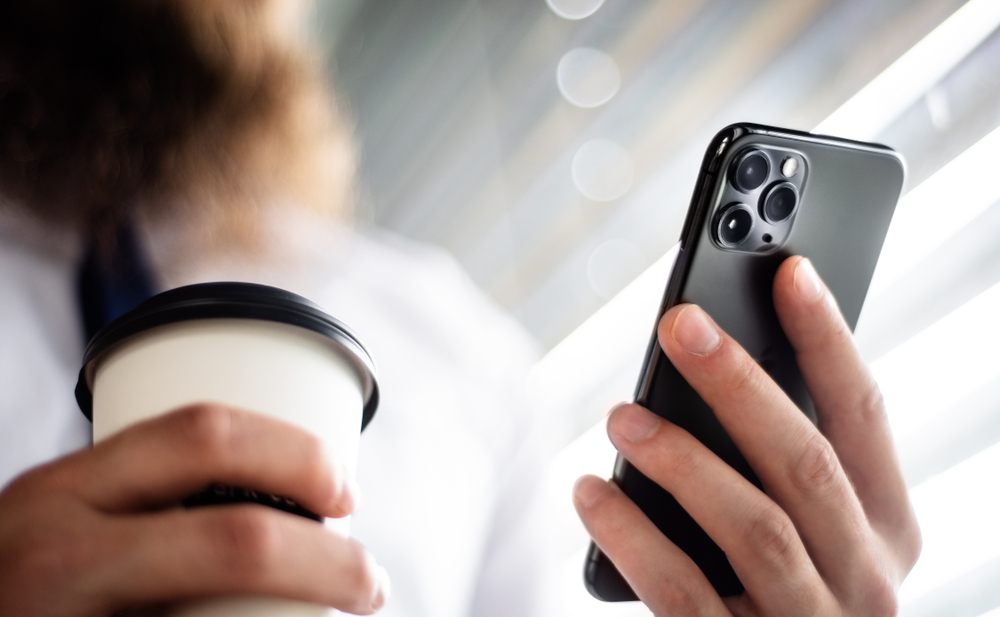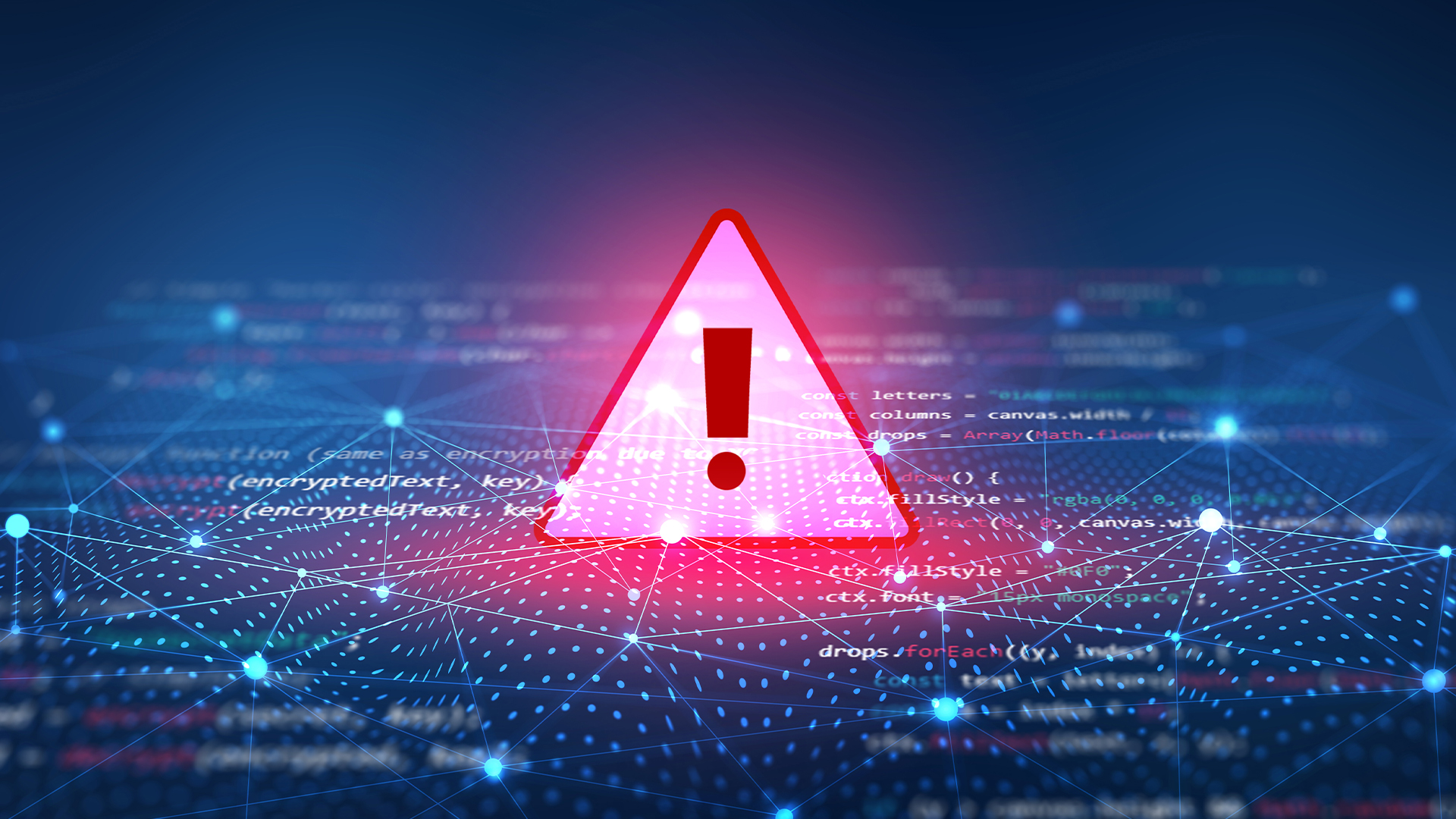Google's Project Zero uncovers iPhone zero-day Wi-Fi exploit
Buggy code in iOS could have been exploited by hackers to remotely take control of devices


iPhone users could have had their devices remotely rebooted and controlled via an iOS exploit, Google's Project Zero has revealed.
The vulnerability was patched by Apple in May, but a variety of iPhones and iOS devices, including the iPhone 11, were susceptible to the vulnerability, according to Project Zero security researcher Ian Beer.
The exploit could have allowed hackers to remotely reboot and take complete control of a device from a distance, enabling them to read emails, messages, download photos and even access the microphone and camera for surveillance purposes.
This was possible because iPhones, iPads, Macs and Apple Watches all use a protocol called Apple Wireless Direct Link (AWDL) to build a mesh network for services such as AirDrop and Sidecar.
Beer came across the exploit while reading through an iOS developer beta in 2018 that had the code for AWDL. Due to the amount of code running on iOS, along with the sheer amount of programmes it runs, Beer suggests that bugs are always "prevalent" and can often be spotted.
It took six months to develop the bug into an exploit and Beer stressed that there is no evidence of it being used in the wild.
"The takeaway from this project should not be: no one will spend six months of their life just to hack my phone, I'm fine," Beer wrote in a blog post.
Sign up today and you will receive a free copy of our Future Focus 2025 report - the leading guidance on AI, cybersecurity and other IT challenges as per 700+ senior executives
"Instead, it should be: one person, working alone in their bedroom, was able to build a capability which would allow them to seriously compromise iPhone users they'd come into close contact with."
IT Pro has approached Apple for comment, but the iPhone maker patched the vulnerability in March.
The company credited Beer in its changelogs for several of the security updates that are linked to the vulnerability. The tech giant has also pointed out that most iOS users are already using newer versions that have been patched and also suggested that an attacker would need to be in a short range of the Wi-Fi for it to work.
Bobby Hellard is ITPro's Reviews Editor and has worked on CloudPro and ChannelPro since 2018. In his time at ITPro, Bobby has covered stories for all the major technology companies, such as Apple, Microsoft, Amazon and Facebook, and regularly attends industry-leading events such as AWS Re:Invent and Google Cloud Next.
Bobby mainly covers hardware reviews, but you will also recognize him as the face of many of our video reviews of laptops and smartphones.
-
 Trump's AI executive order could leave US in a 'regulatory vacuum'
Trump's AI executive order could leave US in a 'regulatory vacuum'News Citing a "patchwork of 50 different regulatory regimes" and "ideological bias", President Trump wants rules to be set at a federal level
-
 TPUs: Google's home advantage
TPUs: Google's home advantageITPro Podcast How does TPU v7 stack up against Nvidia's latest chips – and can Google scale AI using only its own supply?
-
 Security experts claim the CVE Program isn’t up to scratch anymore — inaccurate scores and lengthy delays mean the system needs updated
Security experts claim the CVE Program isn’t up to scratch anymore — inaccurate scores and lengthy delays mean the system needs updatedNews CVE data is vital in combating emerging threats, yet inaccurate ratings and lengthy wait times are placing enterprises at risk
-
 IBM AIX users urged to patch immediately as researchers sound alarm on critical flaws
IBM AIX users urged to patch immediately as researchers sound alarm on critical flawsNews Network administrators should patch the four IBM AIX flaws as soon as possible
-
 Critical Dell Storage Manager flaws could let hackers access sensitive data – patch now
Critical Dell Storage Manager flaws could let hackers access sensitive data – patch nowNews A trio of flaws in Dell Storage Manager has prompted a customer alert
-
 Flaw in Lenovo’s customer service AI chatbot could let hackers run malicious code, breach networks
Flaw in Lenovo’s customer service AI chatbot could let hackers run malicious code, breach networksNews Hackers abusing the Lenovo flaw could inject malicious code with just a single prompt
-
 Industry welcomes the NCSC’s new Vulnerability Research Initiative – but does it go far enough?
Industry welcomes the NCSC’s new Vulnerability Research Initiative – but does it go far enough?News The cybersecurity agency will work with external researchers to uncover potential security holes in hardware and software
-
 Hackers are targeting Ivanti VPN users again – here’s what you need to know
Hackers are targeting Ivanti VPN users again – here’s what you need to knowNews Ivanti has re-patched a security flaw in its Connect Secure VPN appliances that's been exploited by a China-linked espionage group since at least the middle of March.
-
 Broadcom issues urgent alert over three VMware zero-days
Broadcom issues urgent alert over three VMware zero-daysNews The firm says it has information to suggest all three are being exploited in the wild
-
 Nakivo backup flaw still present on some systems months after firms’ ‘silent patch’, researchers claim
Nakivo backup flaw still present on some systems months after firms’ ‘silent patch’, researchers claimNews Over 200 vulnerable Nakivo backup instances have been identified months after the firm silently patched a security flaw.
